The die casting process involves injecting molten metal with low melting points such as zinc and aluminum into the die casting mold and allowing it to cool. Depending on the melting point, it occurs under two different mechanisms (hot and cold chamber casting), and it is suitable for making simple and complex sheet metal parts.
The process has a unique approach and is responsible for manufacturing many metal parts used in making consumer and industrial products. However, before you use the process or outsource to companies that render such services, you should gain exquisite knowledge about it. Therefore, this article will introduce die casting, its history, its mechanisms, and the advantages and disadvantages of the die casting process.
What is Die Casting?
Die casting is a process that involves melting low melting point metals and injecting them into already made mold known as die casting mold. A mold or tools come from steel fabricated for a single project using manufacturing processes such as CNC machining. Consequently, sheet metal parts fabricated by die casting have high accuracy, precision, and repeatability.
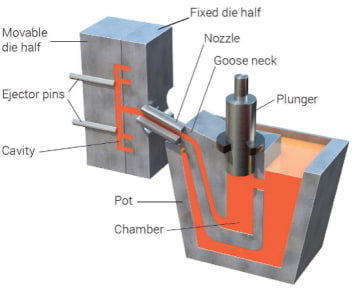
History of Die Casting in Manufacturing
Die casting dates as far back as 1800 and was an important technique in the printing industry. In 1849, Sturges made the hand manually operated die casting machine used in printing, making it more accurate, creative, and persistent when making different complex shapes. Later in 1855, Otto Mergenthaler made the linotype machine known for its better efficiency and is an important part of the publishing industry.
The demand for die casting machines grew in the 19th century due to their advantages. Consequently, die casting became popular in many industries. During this period, there was technological advancement. For example, aluminum replaced tin and lead due to their higher quality. Also, the original process of low-pressure injection die casting changed to high-pressure casting methods.
According to Grand View Research, the Die Casting Industry currently accounts for 49.7% of the global shares in 2016 due to low-cost production rates and consistency.
Types of Die Casting Processes
The two die casting processes used industrially are hot chamber, and cold chamber dies casting. Each one has its peculiarities and is applicable in different scenarios. Below are what the two types of processes entail.
Hot Chamber Die Casting
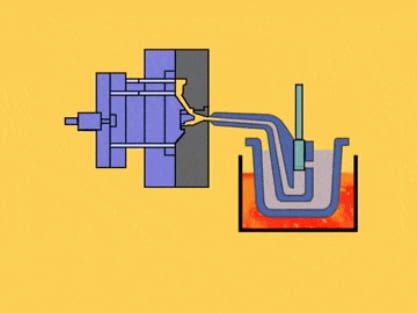
The hot chamber die casting process is the perfect method for working with low melting point materials such as zinc, tin, lead, and magnesium alloys. It is not suitable for alloys with a higher melting point as it would damage the pump as the pump would directly contact the metal. It involves melting the metal and injecting it into the die using pressure from a hydraulic system.
Cold Chamber Die Casting
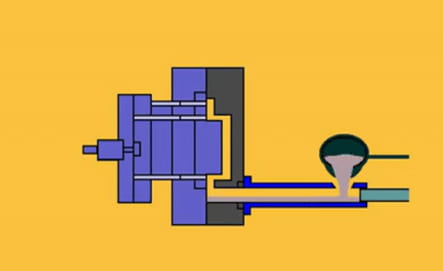
The cold chamber die casting is the perfect method for working with high melting point materials such as aluminum. This process is ideal for such metals as the high temperature needed to melt the material can damage the pumping system.
The process involves ladling the melted material into a cold chamber before injection into the die. The hydraulic system used in a cold chamber process is similar to that of the hot chamber process. However, it might require a larger pressure ranging from 2000 to 20000 psi.
Steps of Die Casting Process
Whether hot or cold chamber die casting, the standard process involves injecting molten metal into a die mold under high pressure. Below are the intricate die casting process steps:
· Clamping
The first step in die casting is clamping. However, before then, clean the die to remove any impurities and lubricate the die for better injection and removal of the solidified product. After cleaning and lubrication, clamp and close the die with high pressure.
· Injection
Melt the metal you want to inject and pour it into the shot chamber. The procedure depends on the process you are using. For example, the shot chamber is cold in the cold chamber die casting, while it is hot in the hot chamber die casting. After that, inject the metal into the die under high pressure generated by a hydraulic system.
· Cooling
While clamped, allow the metal to cool for solidification. The solidified material will have a shape similar to the design of the mold.
· Ejection
After unclamping the die mold, an ejection mechanism will push the solid casting out of the die. Ensure proper solidification before ejecting the final product.
· Trimming
This is the final step, and it involves the removal of the excess metal in the sprue and runner found on the finished product. Trimming is achievable using a trim die, saw, or other procedures. The removed metal parts are recyclable and reusable in the process.
Die Casting Alloys
Most alloys used in die casting are non-ferrous with strong mechanical properties. The non-ferrous moiety is responsible for the low melting point in agreement with the strong mechanical properties. The type of properties needed depends on the material being worked on. Consequently, there is no limitation when choosing a material. However, below are several popular alloys:
· Aluminum Alloys
Aluminum alloys have unique properties, making them applicable in making a wide range of products. On the one hand, aluminum alloy 380.0 is the most common material in die casting due to its unique properties. Other alloys include Aluminum Alloys 360, 390, and 413. You can use aluminum alloys because of the following:
- High operating temperatures
- Outstanding corrosion resistance
- Lightweight
- Very good strength and hardness
- Good stiffness and strength-to-weight ratio
- Excellent EMI and RFI shielding properties
- Excellent thermal conductivity
- High electrical conductivity
- Good finishing characteristics
- Full recyclability
- Withstand the highest operating temperatures of all the diecast alloys
- Corrosion-resistance
- It retains high dimensional stability with thin walls
· Zinc Alloys
Zinc alloys have incredible strength, toughness, firmness, performance, and cost-effectiveness. As a result, they are an important part of the die casting process, with properties rivaling and exceeding other alloys such as aluminum, magnesium, and bronze.
There are many alloys of zinc you can use. However, the common die casting zinc materials are Zamak #2, #3, #5, #7, ZA8 and ZA27, known for the following properties:
- Improved Castability
- Shortened Cycle Time
- Extended Die Life
- Ideal Mechanical Qualities
· Magnesium Alloys
Magnesium is another material used for die casting. It has many alloys, but the most common one is the AZ91D, known for its toughness, durability, lightweight and good castability. It is 75% lighter than steel and 33% lighter than aluminum without a loss in strength. Most enthusiasts prefer magnesium as it is better for complex casting with tight tolerances and it has better corrosion resistance.
· Other Alloys
Other alloys suitable for making die casting parts include Bronze, Brass, lead, and tin.
- Tin is the first material used in die casting due to its high fluidity. It has a low melting point, and it leaves little or no wear on the molds.
- Bronze (white bronze) is the right die cast material used in the jewelry industry. It has a similar color to white gold and stainless steel alloys but is suitable for die casting due to its low melting point.
Surface Finish Options for Die Casting Parts
The diecast must have a good surface finish that will promote durability, protection, or aesthetic effect. There are different finishing options you can use for die casting parts. However, choices are based on the size of the cast parts and the alloy you are using.
Painting
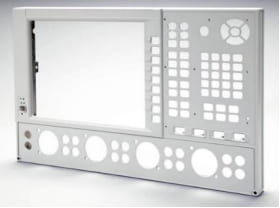
Painting is the most common surface finishing technique ideal for many materials. It can be for further protection or aesthetic purpose.
The process involves applying lacquers, paints, or enamel with special consideration for the metal used. Before the addition, clean the surface of the metal to remove impurities such as oil (this also helps in adhesion), add an underlying paint (primer), and the primary paint.
Powder Coating
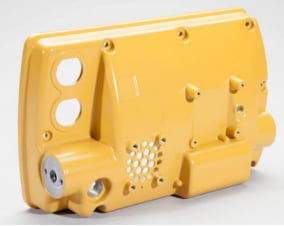
Powder coating is another common decorative finish you can use for your die casting part. It involves applying charged particles on the surface of the die casting part. This process is ideal as it hides minor flaws on the die cast surface, has better thickness control and is uniform. Consequently, the product becomes durable, hard, high anti-corrosion and anti-scratch upon completing the process. Powder coating is environmentally friendly as it produces no hazardous toxic material
Antiquing
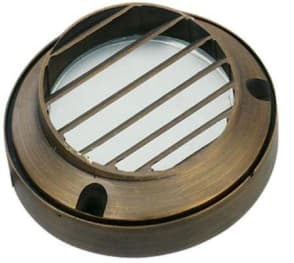
This surface finish technique gives the cast an antique look, and it is mostly applicable to zinc casting. The casting is electroplated with copper or other alloys and then covered with a colored component such as copper sulfide. The casting is relieved (i.e., removing some colored layers to give the underlying layer of copper) and then treated to prevent tarnishing.
Ceramic Coating
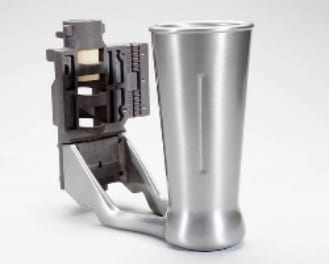
Ceramic coating is a decorative process and involves adding ceramic in its solution form to the exterior of a part. The process produces a thin layer that is similar to anodizing. Consequently, surface preparation procedures are important before their applications.
Plating
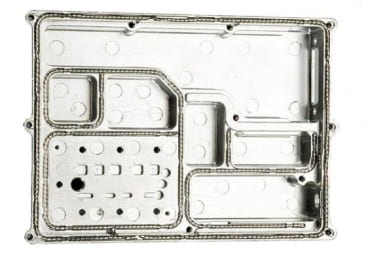
Plating can be electroless or electroplating processes and is a suitable and cheap method for die cast finishing. As the ceramic coating option, the layer of finish is thin. Therefore, you need a surface preparation procedure before using it.
Electroless plating uses chemicals instead of electricity to plate a diecast part. The die-casted part is placed in a chemical with reducing properties. When catalyzed by other minerals, the chemical becomes deposited on the die cast. Electroplating is similar. However, instead of being catalyzed by minerals, catalysis occurs by passing a current through the electrolyte. Both methods are ideal for aesthetic purposes. Although some sheet metal enthusiasts use it to improve some parts’ conductivity.
Applications of Die Casting Parts
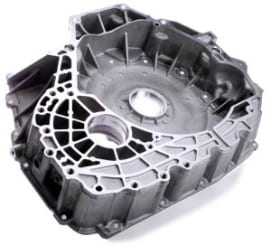
The die casting process is applicable in creating different parts and components that are truly unique and highly functional. Below are a few applications of the process:
Manufacture of consumer and industrial products
The process is suitable for making consumer products such as sink faucets, compressor pistons, connector rods, heat sinks, etc.
Manufacture of automotive products
The process is used in making gear, cylinders, small engines, gladhands, transfer cases and more specific parts applicable in the automotive industry.
Manufacture of aerospace parts
Die casting is a cost-effective solution to produce light but superior metal components that meet high-quality standards of the aerospace industry.
Create your die cast parts with the help of RapidDirect!
Advantages of Die Casting Process
Die casting is an important metal fabrication method due to its low-cost production and ease of operation. However, there are other benefits of using the process: Here are the advantages of the die casting process.
- You can create complex parts
- Manufacture of multiple parts without the need for assembly
- Lowering labor costs
- Variable wall thicknesses
- Tighter tolerances
- Fast production cycle times
- Recyclable choice of material
Disadvantages of Die Casting Process
- Not suitable for metals with high melting points
- Not suitable for large sheet metal parts
- High die cost
- Long lead time
Factors That Affect Die Casting Costs
Generally, die casting has a low-cost production. However, the cost depends on several factors. Below are a few factors you can consider when tailoring the best for your diecast project cost-wise.
· Material Selection
The type of materials you choose plays a huge role in the cost of die casting. Some materials are costly in value. Also, the price of die casting materials is generally increasing even though it looks erratic.
· Production Cost
Production cost depends on three important factors: the tooling cost and die casting cost. Depending on the production processes you use, the technological approach, the mold manufacturing process, and maintenance, the tooling cost can be high.
· Mold Cost
The cost of the mold depends on the manufacturing process used. For example, when using CNC machining, the capabilities and advantages of the process will contribute to a high mold cost.
· Secondary Operations Cost
Secondary operations such as trimming will also play a role in the die casting cost. Therefore, the secondary operation cost’s extent, efficiency, and effectiveness will be important in their cost.
· Finishing Cost
The finishing cost also depends on the finishing method you are using. For example, methods such as electroplating will have a higher finishing cost when compared to painting.
RapidDirect: Die Casting Services
Die casting is an important sheet metal fabrication process known for its low-cost production and efficiency. The process is simple but might require little knowledge and experience, making outsourcing to the right service such as ours a better approach.
At RapidDirect, you have access to a team of well-experienced engineers in die casting services. Our team’s experience puts us in a better position to advise you on the right die casting process for your project.
We are an ISO 9001:2015 certificated company with numerous manufacturing plants and advanced facilities to manufacture high-quality parts. We have a fast lead time, and on uploading a design file, you will get a quote and DfM analysis within 12 hours.
FAQs
The process is called diecasting due to its using dies. The dies are the steel mold made majorly by CNC machining to which you inject the liquid metal. It has two halves: the fixed half, which is stationary and attached to the casting machine and the ejector half which is movable.
Sand casting and die casting are both important metal fabrication processes. The difference between both processes is the material used in forming the molds. On the one hand, the die casting process requires a metal mold. On the other hand, sand casting uses a mold made out of the sand. Also, die casting is only suitable for non-ferrous low melting point metals, while sand casting has a wider range of support.
Die casting, and injection molding have the same mechanism, i.e., injecting molten material into a die and allowing it to cool. However, injection molding uses such as ABS, polypropylene, TPU, and polyethylene, while die casting uses low melting points metals


